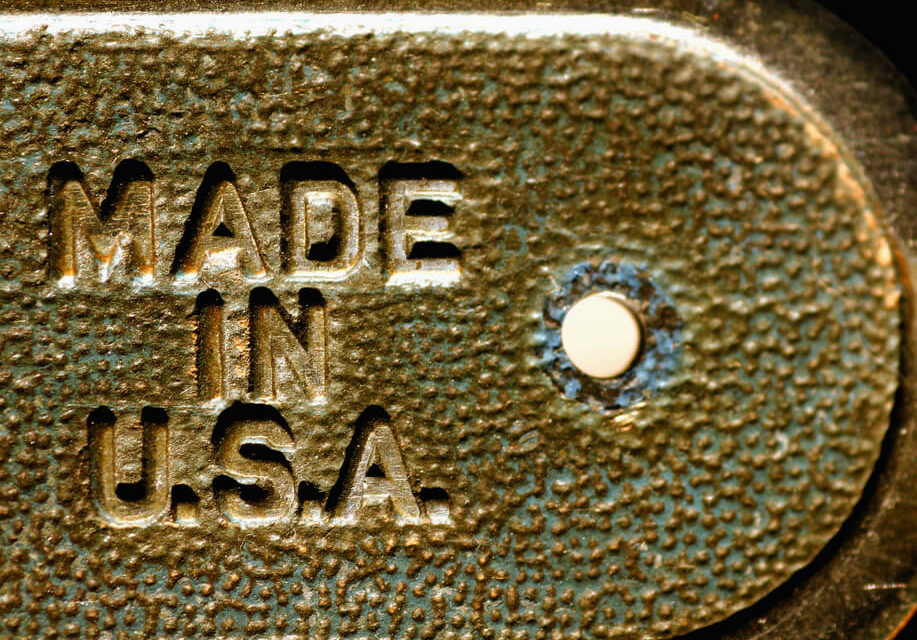U.S. industrial production improved in May, but manufacturers showed weakness despite eking out a slight gain.
The Federal Reserve said Friday that industrial output, which includes factories, utilities and mines, rose 0.4% in May, after tumbling 0.4% in April.
Manufacturing output increased just 0.2% last month, not enough to overcome declines in prior months. Factory production is down 1.5% since the end of 2018, an indication of the potential damage from the import taxes the Trump administration has placed on China. During the first quarter of this year, motor vehicle production plunged 14.9%. Furniture output fell 5.8%. Clothing production has dropped 22.6%.
Factories’ capacity utilization in May was 75.7%, down from 77.3% in December 2018. The lower utilization levels suggest that factories are seeing less demand than manufacturers had expected.
“Manufacturing is still struggling, but no meltdown,” said Ian Shepherdson, chief economist at Pantheon Macroeconomics.
Shepherdson does not anticipate a repeat of the six-quarter manufacturing recession that occurred in 2015 and 2016, a decline that may have helped President Donald Trump win the election. Still, he noted that manufacturing will likely decline through the first half of the year, which could technically count as a small mini-recession for the sector.
While manufacturing plays an outsized role in the stock market and politics, “a very mild recession in the sector doesn’t necessarily say anything much about broader GDP growth,” Shepherdson said.
Production at the nation’s utilities rose 2.1%, caused by increased use of natural gas and electricity.
Production at mines, a sector that also covers oil and natural gas, advanced a modest 0.1%. Gains in oil and natural gas extraction were nearly offset by a decline in drilling.
Us Retail Sales Rose 0.5% in May, Led by Online Shopping
Americans stepped up their retail spending last month, a sign that recent worries about cautious consumers dragging on growth may have been overdone.
The Commerce Department said Friday that retail sales rose 0.5% in May, after a smaller gain of 0.3% in the previous month. April’s figure was revised up from an earlier estimate that had showed a decline.
The report suggests that American consumers are still spending at a healthy pace, even as the stimulus from tax cuts fades. In June, the economy reached its 10th year of expansion, tying the 1990s as the longest on record. Measures of consumer confidence, after stumbling this spring amid the ongoing U.S.-China trade war, have returned to nearly 19-year highs.
The figures also lessen pressure on the Federal Reserve to cut short-term interest rates. Other recent data, such as weak job growth in May and choppy consumer spending earlier this year, has led most economists to expect at least one or two cuts this year.
“The consumer didn’t fall by the wayside,” David Berson, chief economist at Nationwide Financial, said. “The concerns that the economy is really slipping dangerously are overstated at this point.”
Retail sales had been uneven earlier this year, making it harder for economists to get a handle on consumer spending. But with April’s revision, sales have now increased for three straight months. And with the unemployment rate at a five-decade low of 3.6% and wage gains easily outpacing inflation, consumer spending will likely keep growing this year.
Sales at electronics stores jumped 1.1% and rose 0.7% at auto dealers. Sales in a category that mostly includes online retailers rose 1.4%.
Still, the economy is forecast to slow in the April-June quarter, expanding at roughly a 2% annual pace or less, analysts expect. That would be down from 3.2% in the first three months of this year.
Retail spending was healthy in many categories. Restaurants and bars reported that spending rose 0.7%, a good sign because such spending is more discretionary than purchases at grocery stores or gas stations. Sporting goods and hobby stores saw sales rise a strong 1.1%.
© The Associated Press. All rights reserved.
